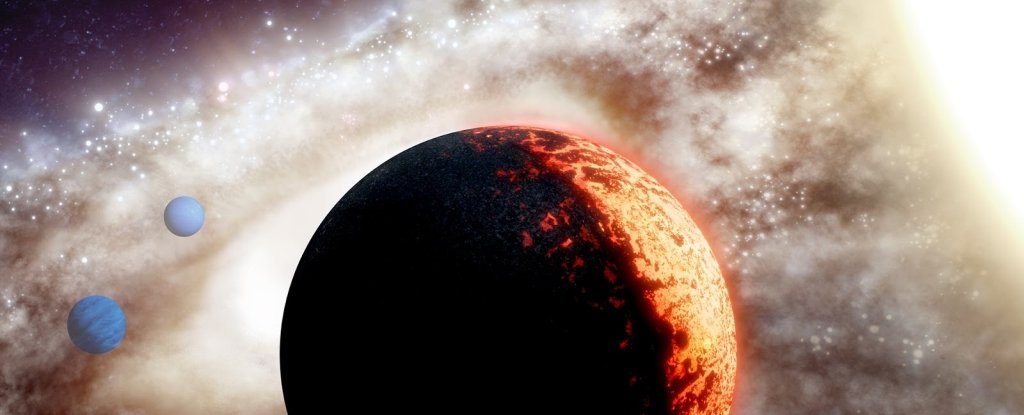Space news stories

As countries begin an age of Martian exploration, planetary protection advocates insist we must be careful of interplanetary contamination

One of the lingering mysteries of the universe is why anything exists at all.

The Sun has a lot of rhythm and goes through different cycles of activity. The most well-known cycle might be the Schwabe cycle, which has an 11-year cadence. But what about cycles with much longer time scales? How can scientists understand them?

These two images were taken by the HiRISE camera on board the Mars Reconnaissance Orbiter and show how Mars’ surface is changing over time – in this case, due to thermal erosion.

Using the Sloan Digital Sky Survey, astronomers have identified two pairs of stars beyond the galaxy that are consuming their companions.

Likely the most well-known result of the Earth’s magnetic field are the Aurora Borealis and Australis (Northern and Southern Lights).

In results announced this week at the 237th Meeting of the American Astronomical Society, scientists from the Sloan Digital Sky survey present the most detailed look yet at the warp of our own galaxy.

The mighty constellation of Orion the hunter is one of the greatest sights in the night sky.
Image from:http://deepskycolors.com/astro/JPEG/RBA_Orion_HeadToToes.jpg (Wiki Commons)

The gravitational waves we’ve detected so far have been like tsunamis in the spacetime sea, but it’s believed that gentle ripples should also pervade the universe. Now, a 13-year survey of light from pulsars scattered across the galaxy may have revealed the first hints of these background signals.
Image from: https://photojournal.jpl.nasa.gov/catalog/PIA24036 (Wiki Commons)

Around one of the galaxy’s oldest stars, an orange dwarf named TOI-561 just 280 light-years away, astronomers have found three orbiting exoplanets – one of which is a rocky world 1.5 times the size of Earth, whipping around the star on a breakneck 10.5-hour orbit.

Based on what we know about gravitational waves, the Universe should be full of them. Every colliding pair of black holes or neutron stars, every core-collapse supernova – even the Big Bang itself – should have sent ripples ringing across spacetime.








